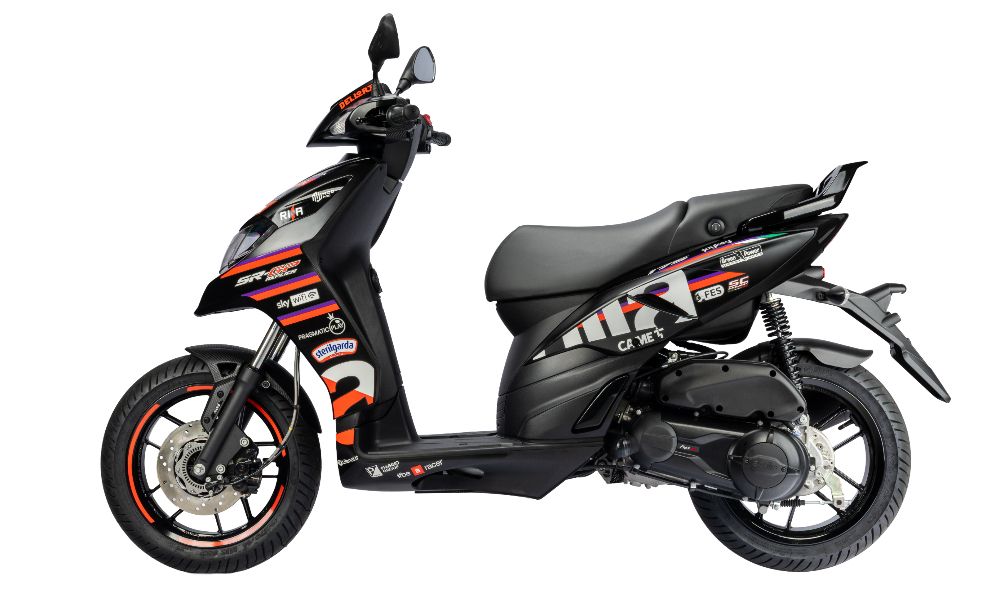The roads were mostly empty and we were crossing the Chapramari Wildlife sanctuary in no time.
Bhpian Sayakc recently shared this with other enthusiasts:
TRIP TO CHANGA, TEREY AND TANGTA
The Dooars, as I have covered in some earlier threads of mine is a contagious forested region at the foothills of North Bengal hills and extends and crosses at certain places to Bhutan. Personally, I like to demarcate this area into the two forest ranges – one being Jaldapara and the other being Gorumara . What was in the earlier days was almost continuous is now an ‘intermittent’ forest tract – having shrunk in size significantly due to human settlement and deforestation amongst other factors.
Having spent my childhood in Cooch Behar, we had ample opportunities to explore this area especially remembering winter picnics during childhood at the several dry river beds. In fact what is a bone dry stream in winter – is a difficult to imagine, menacing swollen river in the monsoons. That, coupled with the orange orchards and tea gardens provide a versatile beauty to these places – making it quite unique.
It was a friend of mine who suggested me of some villages deep in the hills of Bindu: Chisang, Todey and Tangta. Most of these are at an altitude of 3000 ft. and as I had mentioned previously, close to Butan. The roads, he said, were mostly battered. Apart from a few homestays there is the Wildwood retreat which is supposedly the best accommodation in the area.



Near the Dalgaon Tea Estate

Road passing through the Chapramari Wildlife Sanctuary

Viewpoint at Jhalong – hills of Bhutan on the far side of the river


Beetlenut plantation
I started around 7ish in the morning from our Cooch Behar home – pausing to photograph the corn and paddy fields and after the first hour of the journey – the tea gardens. 2 hours into the journey, I stopped at a Dhaba near Birpara for a breakfast of greasy Aloo Parathas and tea. The road, as one crosses Binnaguri, is singularly beautiful because of the vast forested tracts, an odd railway line and the hills in the distance. If you are lucky, you might even get a glimpse of Kanchenjunga from here. But that day wasn’t clear.
Nevertheless, the roads were mostly empty and we were crossing the Chapramari Wildlife sanctuary in no time. As one travels through Chapramari – it is advised to maintain a moderate pace – due to the increasing number of man-elephant conflicts. A few miles further, both hills and road construction takes over. The road construction ends before Jhalong where you need to make an entry at the check post. After Jhalong, comes Bindu – where there is a Hydel Power plant on the Jaldhaka river. I had visited Bindu earlier – but the roads beyond Bindu was new for me.

Forested stretches on hill sides as one crosses Bindu.

These forests don’t abound in wildlife – but are quite deep and intense – A valley shot.

The start of the battered stretches. That old ‘Jeep’ kept company for a long time.

Towards Into


There are small houses, interspaced with forests, cultivation fields in most places. That day, being Holi, children ran out on the streets spraying colours. It was mid-March, but the hills were cool, with the temperature displayed on the MID being a comfortable 18C. Gradually the roads started to deteriorate – the small houses were not seen any more – and were overwhelmed by trees, at time deep valleys and far away you could see the plain lands. Cardamon and beetle nut were visibly the most cultivated items. First we crossed the village of Chisang. Saw a Mahindra pick up belonging to the SSB jawans coming down the hills and asked about Todey – they said that it was near. The road continued to be narrow, battered and very desolate.
After travelling for sometime, I reached a hamlet – with a church, a small parking lot, a maggi Dhaba and a few houses – this was upper Todey. The Jaldhaka river bed, they said was a few miles off – a steep downhill roads – here, not only the road surface was not present but also the underlying roads were exposed. Nevertheless I headed towards the river bed and on the way crossed another SSB camp.

Scenery as seen behind the windshield after a splash of rain.

The perfect territory for the vehicle.

Sangam Dhaba, near Birpara crossing – my breakfast and lunch spot.
After crossing the river bed, the roads cease to exist altogether and I travelled on an uphill dirt track for sometime till I reached the last known village on this route – Tangta. Some of the roads were steep, and being a dirt track, I engaged 4High in a few places – just to nullify any chances of being stuck.
It was 1 PM by then and my hunger pangs had grown. The nearest decent Dhaba was atleast 2.5 hours from there by then – so it was time to return and after a lunch at the same place – I returned home.


Read BHPian comments for more insights and information.






